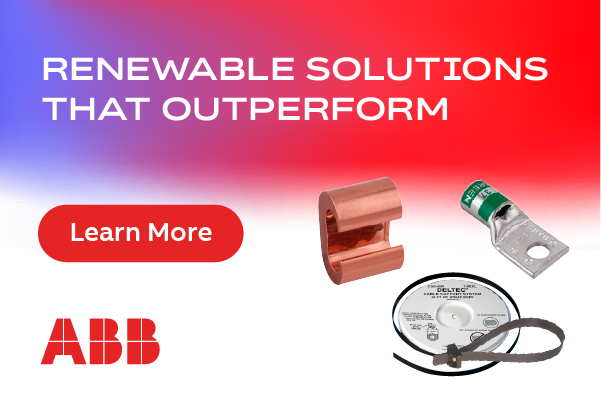Solar Thermal Pools: Commercial design and implementation
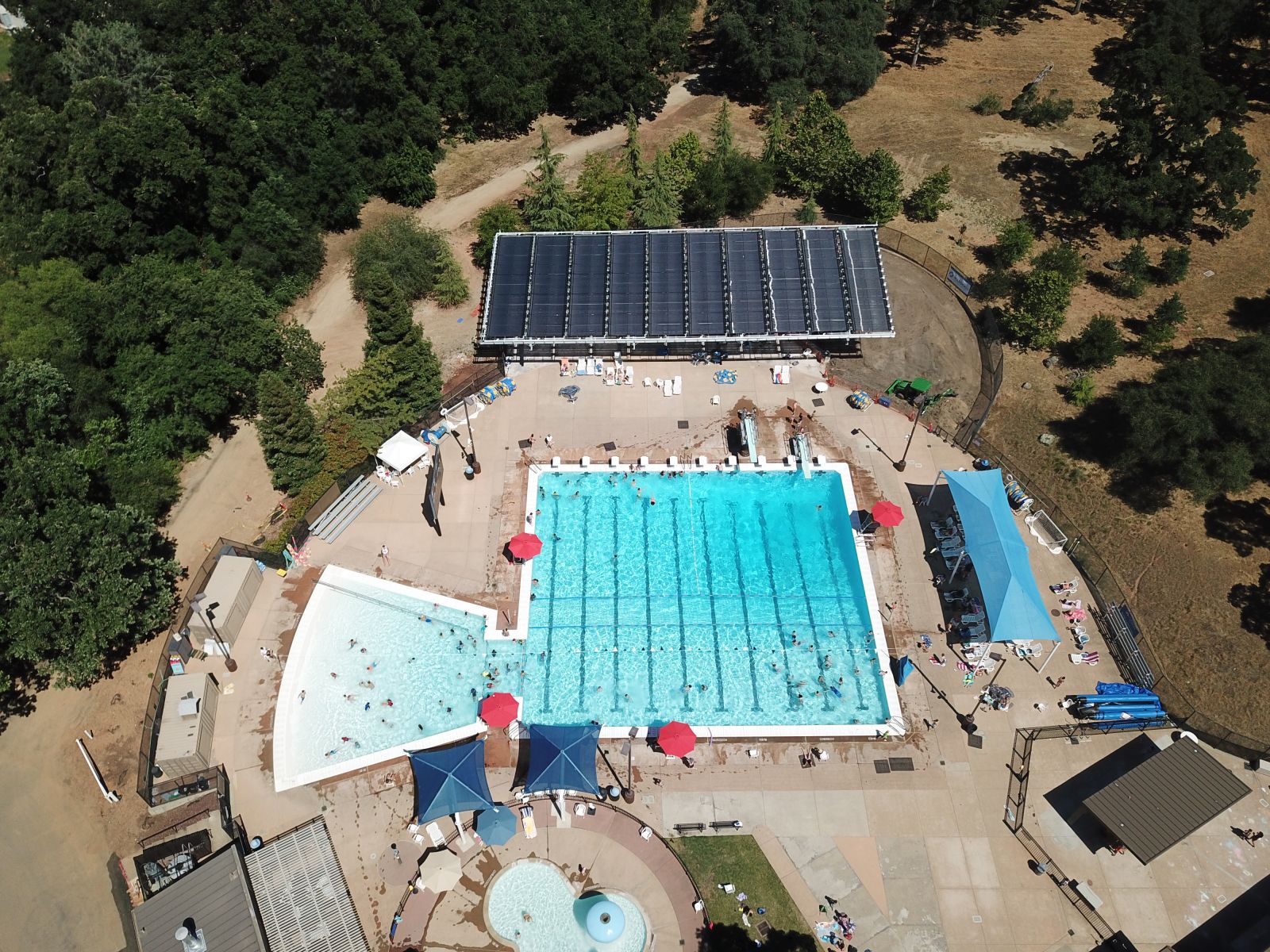
The Team
To bring a large commercial solar project from inception to reality, a team of professionals needs to cooperate and work in concert to get the job done. A mechanical engineer will provide the system design to include system drawings, equipment specification, and schedules; this becomes the plan the contractor needs to follow. The engineer is the responsible party, and the PE stamp certifies that the plan adheres to local building codes. A structural engineer provides wind loads calculations and roof attachment methods, to make sure the roof can carry the extra load (and panels stay on the roof when wind speeds get to 90-120 MPH). That stamped permit plan turns into a bid that contractors use to vie for the job; surprisingly, the lowest bidder is not always the contract winner. The contractor is responsible only for providing the equipment, materials, and labor needed to complete the project as designed.
Design considerations
The golden rule, "Reduce Before Produce", is to optimize the existing system for minimal energy waste, and only supplement with renewable energy. This helps reduce the solar system cost and increase energy efficiency, resulting in better system control and a much shorter ROI (which is more likely to get approved by the customer). A smart designer starts with a complete account of the existing system, and how can it be optimized for minimal energy waste. Then, based on the updated energy demand, the solar system size is set.
Equipment selection
Choosing a high-efficiency TEFC premium Motor pump that can be controlled by a VFD can reduce energy consumption by 40 percent. VFDs size and type are selected based on ease of programing and communication protocols, which allow pool energy management to take control over the pump (which varies for seasonal pools and pools that operate annually). Solenoid valves eliminate "ghost" flow through the array, and stop radiating heat to the cosmos at night.
Location Considerations
Arrays don't necessarily have to be on the roof, but that's where 90 percent of them end up. In some cases, ground-mounted systems might be a better choice due to additional benefits they can offer, such as shading, better access, and avoiding potential roof reinforcement and leaks.
Piping
The most efficient and cost-effective solar pool system is a drainback system that operates in relative lower temperatures (ranging from 80-140 °F, with peaks of 160-180 °F). CPVC schedule 80 piping is recommended because of its thicker wall and ability to sustain up to 200 °F for short periods of time. In most cases, the solar array is located far from the pool mechanical room, connecting with long pipes (either underground or exposed). Array piping should allow for even flow across the array, and automatic drainback as soon as the pump stops pumping water. In large commercial systems, active drainback is recommended, where a designated drainback pump actively pumps water assisting in draining the array.
Mechanical room equipment
A typical commercial pool deploys a 30HP - 60HP pool pump, 4 MMBTU - 8 MMBTU boilers, filtration, and chemical systems. Each system operates independently, and has certain energy usage and flow requirements. Eliminating energy waste takes precedence over energy production. Therefore, the first step should be to consider a Pool Energy Management System that can manage both pool energy usage and a solar thermal solar system. The system has to maintain a delicate balance of flow and energy savings without derailing the overall system into emergency shutdowns. Considering that 80 percent of ownership cost is the electricity it takes to run a pump, it makes sense to employ a pool pump VFD that can reduce energy usage by up to 50 percent. Add that to a solar system that works harder than the boilers, and the cost of pool operation drops by 40 percent.
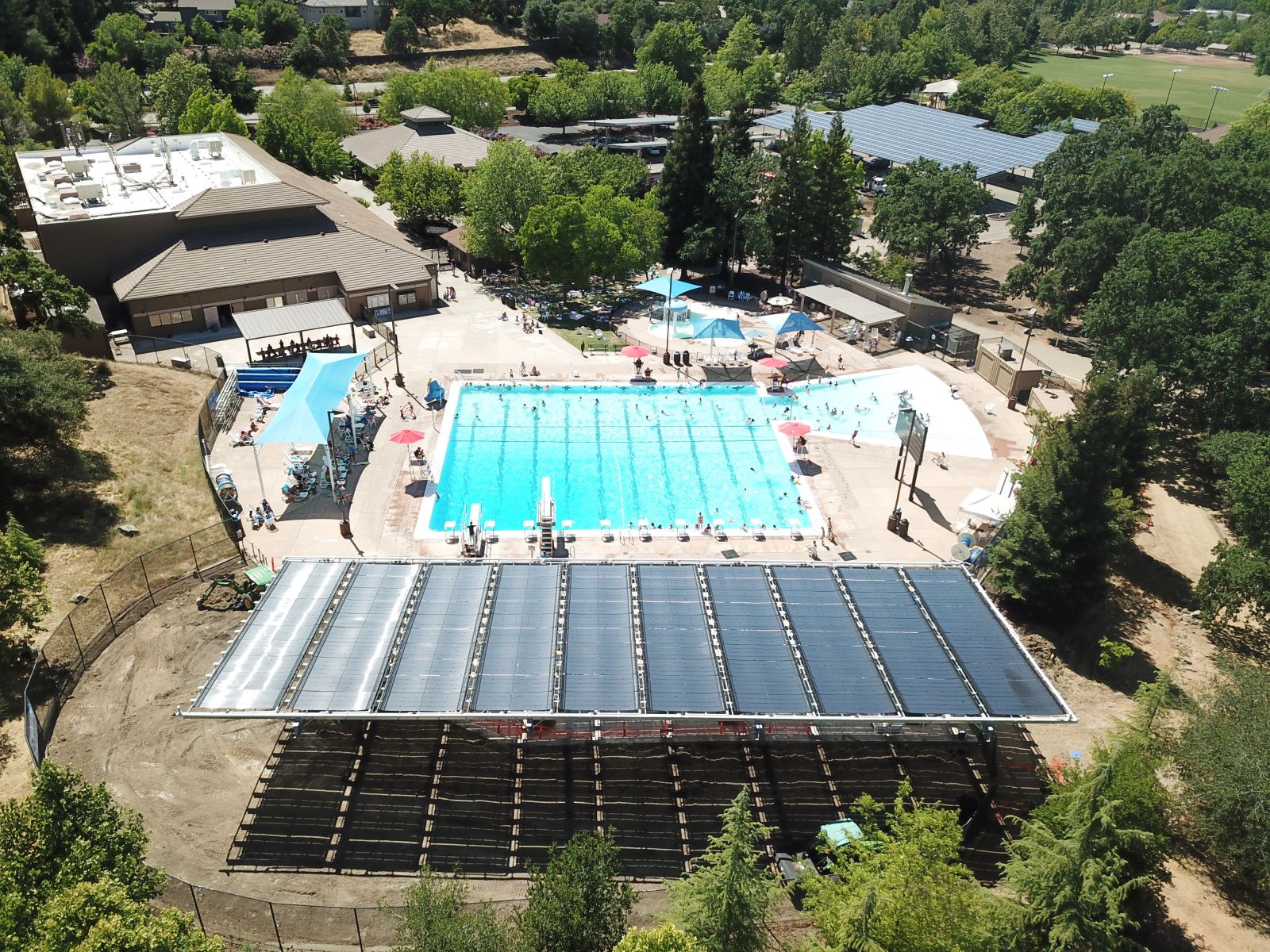
A successful control strategy includes measuring the pool, boiler and solar flows, pool chemistry (ORP and PH), and associated temperature of all three loops. In addition, it is important to install solar and drain solenoid valves, pumps, and boiler control switches on top of a solar pump variable frequency drive (VFD) and required plumbing. The array flows must be balanced, and the array able to drain when the time is right. The conventional strategy of solar control - turning the solar pump "full speed" ON or completely OFF based on the temperature differential (dT) between the array and the pool - ignores the rest of the subsystems, and will eventually send the boiler or chemistry controller into emergency shut down. A sophisticated designer will choose a control unit that modulates pool and solar flows as needed, keeps pool temperature in acceptable range, and can submeter the solar BTU production and boiler BTU consumption. The subject of solar pool control strategy was covered extensively in our North American Clean Energy article "An innovative approach to solar pool control strategy"
Commissioning and post installation
Once the solar system is up, operational, and tested, it must be integrated into the existing mechanical room. Keep in mind that a commercial solar system pulls a substantial flow out of the existing pool flow, which can disrupt normal operation for some of the subsystems. Seamlessly integrating a large commercial solar system sometime feels like balancing act - it requires expert knowledge of pools and solar systems. Unfortunately, it is not uncommon to find large systems that were delivered to the customers with much fanfare, only to fall short of operating expectations. Close, post installation monitoring of pool and solar systems is vital. It allows for system fine-tuning for additional energy saving, and prevents a system shutdown. Making smart decisions on equipment, installation, and monitoring will help ensure that the customer gets the performance and energy saving they paid for.
Gal Moyal is the Founder and CEO at Maktinta Energy, a provider of comprehensive cloud-based control and monitoring solutions, energy efficiency design and implementation of renewable energy solutions. Maktinta manages on/off grid energy efficiency of large complex mechanical systems covering hydraulic, electrical, agricultural and renewable disciplines with emphasis on solar thermal and PV solutions.
Maktinta Energy | www.maktinta.com
Author: Gal Moyal
Volume: 2019 November/December









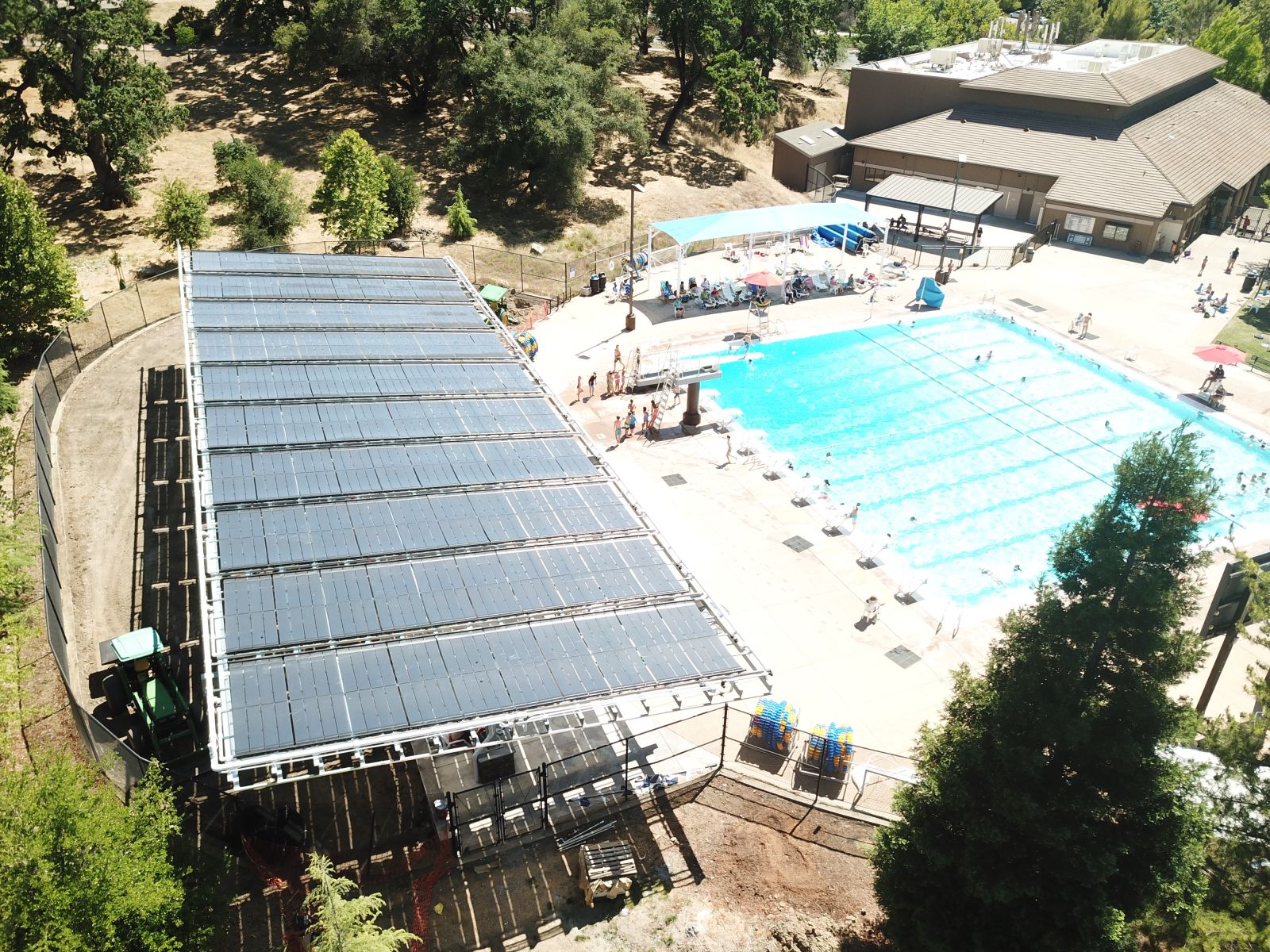
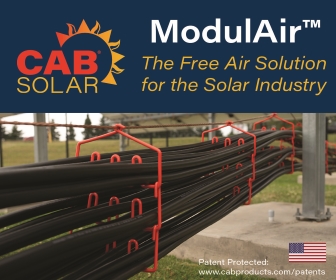

.png?r=6028)
